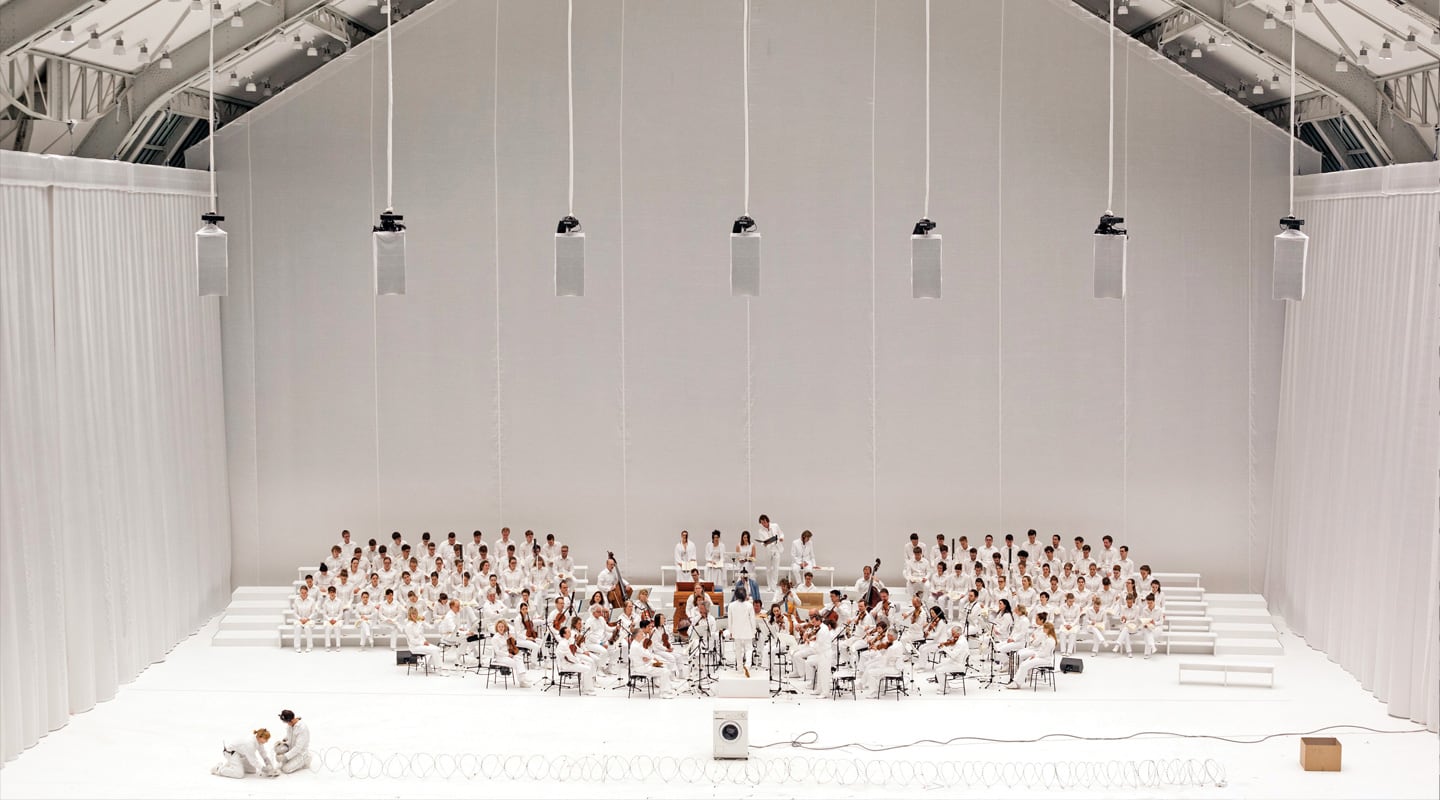
Mona L-ISA
L-Acoustics pioneered the last major reinvention of the PA, now it’s confident it can pull off another masterpiece.
L-ISA only debuted in 2016, and Guillame Le Nost, L-Acoustics’ Director of R&D on L-ISA, is already referring to stereo PA deployments as “the way it used to be”, “traditional”, and “stuck in a 50-year old configuration.” I guess everything looks nostalgic when you’ve poured the last few years of your life into developing the ‘next step’ in live sound technology.
As Le Nost tells it, it all started when L-Acoustics’ founder Christian Heil had his lightbulb moment five years ago. Heil was sitting up in the side bleachers at a concert and hearing the vocals out of a PA hang situated 10m to the left of where the singer was physically standing. His frustration with this lack of continuity between sight and sound was only compounded by looking at the multi-storey-high video screens and lighting extravaganzas pushing the PA further out of the picture. It seemed like an imbalance. “After all, everything is a consequence of the music,” reminded Le Nost. “It’s firstly about music, not seeing a singer on a big screen.”
Heil reckoned they could do better. “Inevitably, we’re going to have to adopt different sound designs anyway,” concurred Le Nost, who could foresee those video screens eventually pushing PAs further out of the picture. “We thought we had great products, but in terms of deployment and configuration, we could do something better to address the questions of localisation and give a better sense of immersion and sound quality for the audience.”
It started as a research project with a team of three. Le Nost and Heil had the first two domains covered: “The simulation stage — where you can define your speaker configuration and system design; and the processing — what kind of algorithms we should put in place to make it sound good.” The third domain: “The mixing part — what tools we give the sound engineer to create a great mix in space,” fell outside of their immediate specialties. To cover that ground, Sherif El Barbari — who has system teched and mixed everyone from Radiohead and Peter Gabriel, to the Pope — became the third member of the team. By 2016, they finally had a “technology that could really offer productions a way to put the sound back at the centre of the show.”
THE L-ISA GUARANTEE
L-Acoustics has been at the forefront of a paradigm shift in live sound technology before. For four years back in the ’90s, Heil was the lone door-to-door salesman spruiking line source arrays before any other manufacturer bit. It eventually became the standard in PAs, and Le Nost says that experience helped L-Acoustics formulate key criteria for introducing new technology. Mainly, that for engineers to adopt anything new, it must work… every time.
Since deploying the first L-ISA systems, Le Nost says the company’s focus has been on establishing guidelines. Each time they would take an L-ISA rig out on the road, the team would refine those guidelines, ensuring they were as effective in the field as they were in-house. “We’ve reached the stage where we’re completely sure our guidelines are robust,” said Le Nost. “It means we can provide a repeatable methodology and guarantee the result directly from the simulation stage, which is something unique in the market at the moment.” All those anxieties about SPL and sonic impact that plague the psyche of a FOH engineer transitioning from huge lines of K1 to multiple arrays of the much smaller Kara can be dispelled, according to Le Nost. Get it right in the simulation, and L-Acoustics guarantees it will work in the field.
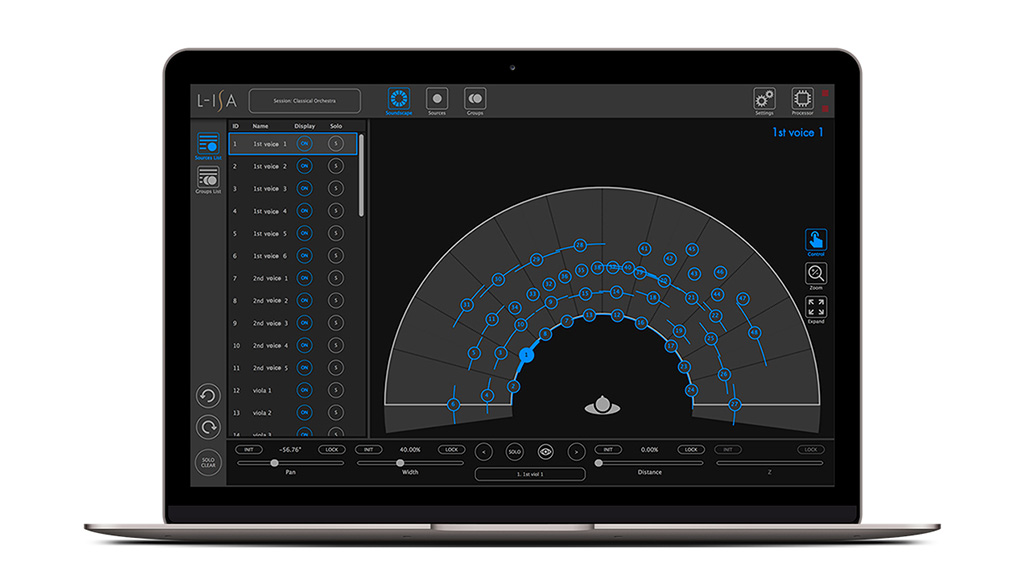
SIMPLY DOES IT
L-Acoustics ended up with a basic deployment to achieve what Le Nost dubs ‘hyper-real’ sound. A frontal system of five arrays spaced across the stage, and a cluster of subs flown near the central hang that allows the engineer to localise every instrument on stage. Le Nost says it’s “a compromise between what’s achievable in the field, and the quality of the outcome. Sometimes, as a manufacturer, we have to give simple rules everyone can follow so that we get consistency from show to show.” For an ‘immersive hyper-real’ deployment, at minimum you’re adding “extensions on each side of the stage, maybe surround speakers and height.”
The relative simplicity of the initial system was to, again, waylay engineer’s concerns over rigging complexity and time. “It was very important for productions to have something easy to use in the field,” reassured Le Nost. “We don’t want system techs to be afraid of it. The only difference between the traditional way and the L-ISA way of doing the sound design is the rule of overlapping the main arrays. The rest — tuning the array, sub alignment, array processing and angling — is quite similar and straightforward.”
On the mixing side, L-Acoustics has likewise kept the parameters fairly straightforward. “You can play with the feeling of proximity via the Distance parameter,” explained Le Nost. “You can make it louder and less reverberant to bring it closer, or less loud and more reverberant to create distance. Then you have Pan, the Width of the object, and in the case of the 3D layout, you also have the Elevation parameter. You can really place the sound, dictate the direction of it and how close it is to you.”
L-ISA’S NEW FRONTIER, SPACE
L-Acoustics has just released a new version of the L-ISA processor. While they’ve previously had some spatialisation characteristics built-in, the new version “has a completely new room engine,” said Le Nost. It’s not a room simulation engine like Meyer’s Constellation, designed to replicate a specific concert hall in your gymnasium. Rather, it’s about giving the system designer the ability to tailor room reverberation characteristics to the application. “If you’re in a very reverberant venue, you can just add a few early reflections and restrict its effects to a specific frequency range,” explained Le Nost. “Conversely, if you’re in a venue that’s really dry, you can add more diffusion and late energy. You can store those tweaked parameters as presets so a single space can have multiple use cases.
“Let’s say you have a fixed installation in a theatre, you could create a drier acoustic environment for a spoken word event on Monday, then switch it to a wetter preset for a chamber orchestra on Tuesday. It’s not replacing the sound engineer’s reverbs — like plate reverbs or their favourite Lexicon presets — it’s an enhancement of the space you’re in. It has an effect on all L-ISA systems, but the space effects work better if you have more extended deployment and height with surround speakers.”
TOUR DE SOURCE
The room engine has been refined since its lauch, because the primary concern of L-ISA was : “How can we improve the direct sound of the show?” It’s also the realities of touring versus installations. A new solution can be deployed and validated quickly in the field, whereas the decision processes are largely more complex when it comes to installing the same system. That’s not to say L-Acoustics hasn’t been addressing installs, it’s been trialling smaller L-ISA systems on the side.
“We deployed a relatively compact L-ISA system for a live concert in Paris at the New Morning, a famous jazz club,” said Stéphane Ecalle, L-Acoustics’ Marketing Director. “It was based on five Syva co-linear sources, and two extensions on the side. You’re talking about an audience of 150-200. When we developed Syva, it was more or less to offer a PA solution that would act both as a front of house system and a stage monitor, so each musician onstage would be positioned right in front of each enclosure. You could certainly envision deploying the L-ISA technology for relatively small audiences using these kinds of products.”
“It’s not a product issue, it’s more a sound engineer issue,” said Le Nost. “There’s the question of education. If you’re used to mixing in stereo, how much time do you need to mix in L-ISA or other multi-channel formats?”
L-Acoustics are betting on that time factor. About a decade is the going rate for mainstream adoption of a category-defining technology. “It’s a little similar to what happened in the ’90s with line source arrays, when Christian introduced V-DOSC,” recalled Ecalle. “He was extremely prudent because he had to deal with a complete generation of systems engineers who hadn’t been used to deploying these systems. It’s probably going to be similar with L-ISA, a progressive introduction.”
Similarly, digital consoles took roughly 10 years — after Yamaha debuted the PM1D at AES in ’98 — to become the surface of choice for mixing engineers. When it comes to multi-channel sound, there’s a slight difference, reckons Ecalle. “Although all the solutions are quite different in regards to conceptualisation, many manufacturers are already offering a multi-channel solution. It means there is a tremendous supply pressure from manufacturers.”
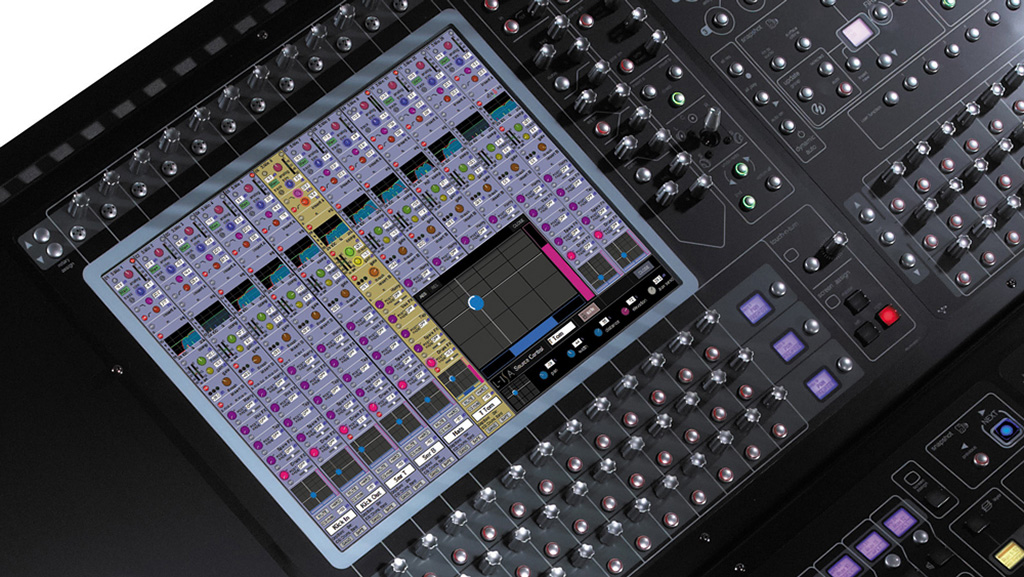

LOW & WIDE
Supplier pressure is all well and good, but do we actually need the thing? “L-ISA is a little different to digital consoles because it brings extremely noticeable improvements to the results, when compared to a traditional stereo deployment,” argued Le Nost.
“When it comes to mixing in stereo, engineers do a great job of trying to make each instrument come out of the mix by playing with EQ, dynamics, etc,” described Ecalle. “It means there’s a tendency to mix relatively loudly with conventional systems, because you’re trying to make parts more intelligible by making them louder. Using the L-ISA approach, you don’t have to mix loud for it to be intelligible. This poses a response to the growing concerns over noise pollution, especially in outdoor events. You can mix at 85 or 90dB and be very comfortable and intelligible, and you’re not bothering anyone around.”
“As a mixing engineer, you don’t put all the instruments into one box anymore,” said Le Nost. “You don’t have to EQ out space in one instrument to open it up for another instrument. You can use the space as a way to mix, and really distinguish sources by using the pan control. Something you would never do before.”
Another major benefit is the beef down low: “The L-ISA deployment is much more coherent in terms of summation of low end, with a much smaller number of low frequency cabinets. Before L-ISA, if you wanted good summation with the main arrays, you had to place the subs close by. You’re faced with a nasty comb filter as soon as you move away from the FOH position. A good third of the audience would not get low end. With a central configuration, the homogeneity of the low frequency coverage is amazing.”
As well as the central sub cluster, each of the five arrays has a LF contour of about 8 to 10dB. That’s called the ‘L-ISA Wide’ configuration. For any pop, hip hop and dance engineers who are worried that might not pack enough punch, L-Acoustics recommends another standard configuration where the three central arrays have more contour than the others, it’s actually patented as ‘L-ISA Focus’.
PLUGGING INTO THE SYSTEM
L-Acoustics’ Desklink console plug-in is already up and running on the Digico SD range, having successfully tested at the Royal Albert Hall, and the team is working with Avid on a plug-in for the S6L. It allows engineers to manipulate the main object position parameters directly from the console surface, instead of sending snapshot cues to the L-ISA system.
L-ISA also has a DAW plug-in for Pro Tools, which has already been used on Lorde’s Melodrama tour. It makes use of the automation capabilities in DAWs to allow sound source position changes over time. It’s simply storing position data for each instrument, and doesn’t have anything to do with down-mixing stems or bussing audio.
The two parts of an L-ISA system — object positioning and speaker deployment — are completely separate. If you have an L-ISA processor handy, you can use a scaled down setup in a post-production house to define your trajectories. Once you arrive at the show, simply change the speaker layout and your simulated mix will come to life on the big stage. Alternatively, L-Acoustics has partnered with Klang, which manufactures professional binaural monitoring systems. All this is contingent on having an L-ISA processor, of course. L-Acoustics knows this isn’t the easiest way to get sound engineers to give the system a go. “Obviously the availability of the processor is still limited,” said Le Nost. “We want as many sound engineers to use it so it gets to the point of no return, so that’s something we might consider changing.”
As for the cost, well, L-Acoustics isn’t revealing its hand yet. The L-ISA processor is only commercialised as a part of a larger L-ISA system, so Ecalle would rather discuss the overall deployment cost: “Another way to look at it is how much of a cost difference it is compared to a classic stereo deployment. Because the energy is spread out over five or seven arrays, you don’t need to dimension the clusters in the same manner. When you would deploy 12-16 K2 cabinets per side in a stereo configuration, you’re going to be working with 6-9 Kara per cluster. More cabinets, but a smaller format. The average cost difference is between 25-30%, but can vary a lot from project to project.”
“If you’re talking about just the five clusters, it’s much less than 30%,” explained Le Nost. “If you add a couple of extensions per side, then you approach that average. If you add a lot of surrounds and height, then the difference is much more.”
The team at L-Acoustics are bullish about L-ISA. Not arrogant, just confident they’re sitting on a game-changing technology that takes the conversation away from what sort of rigging pin setup a PA has, or minor spec bumps. They believe it’s an undeniable improvement over that “50-year old configuration” we’ve been “stuck” in for so long.

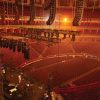


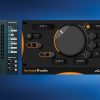
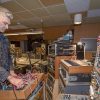
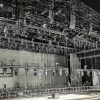













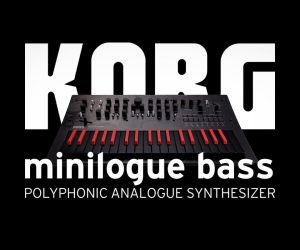




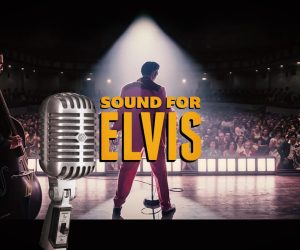
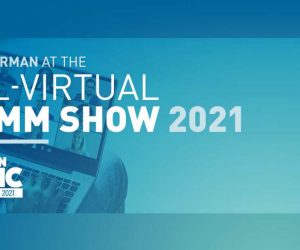



RESPONSES